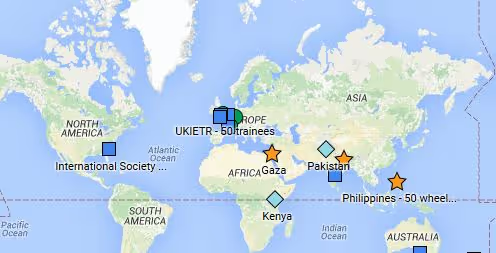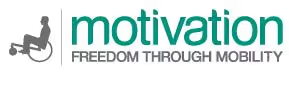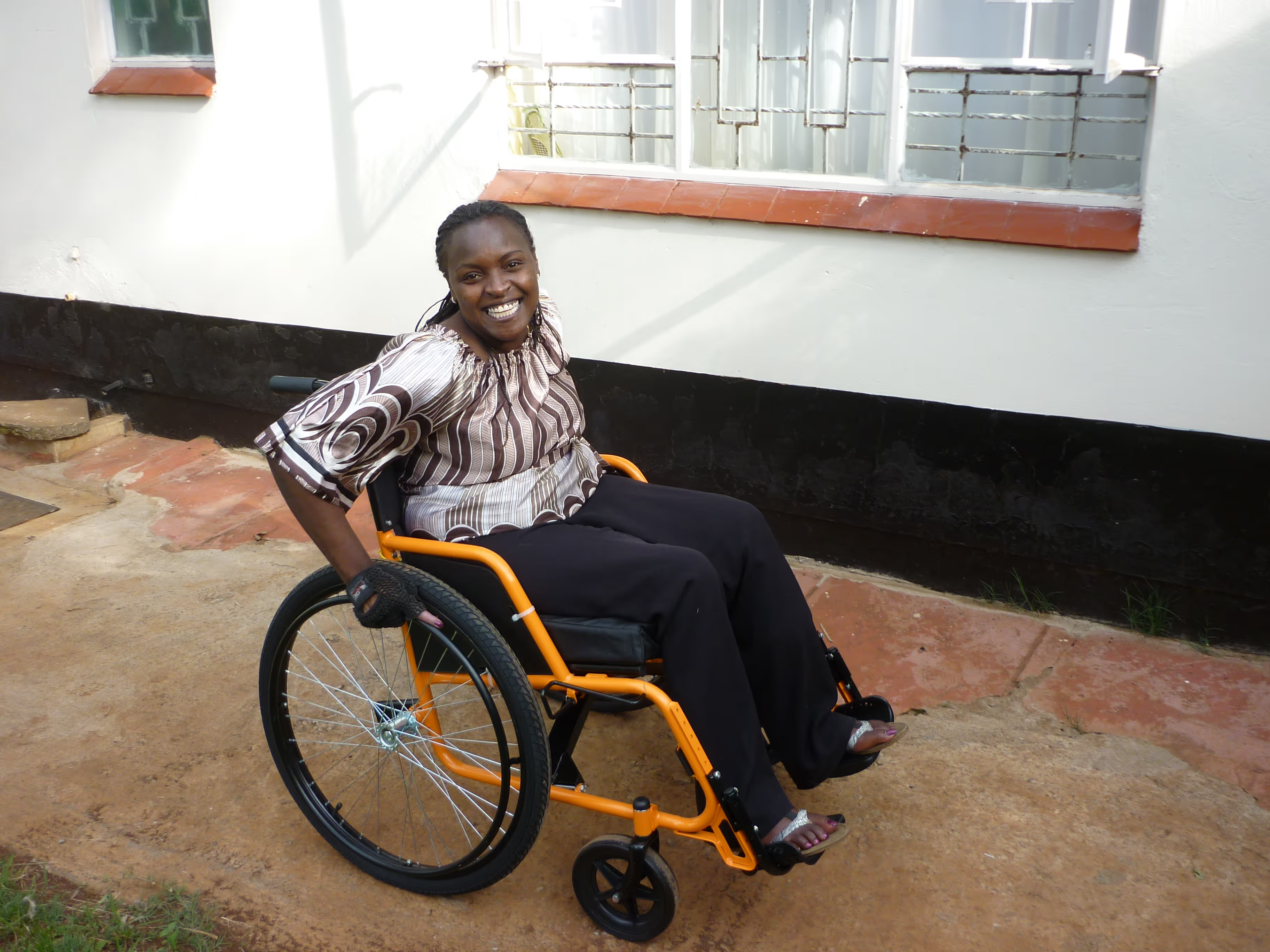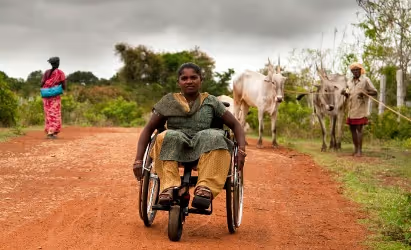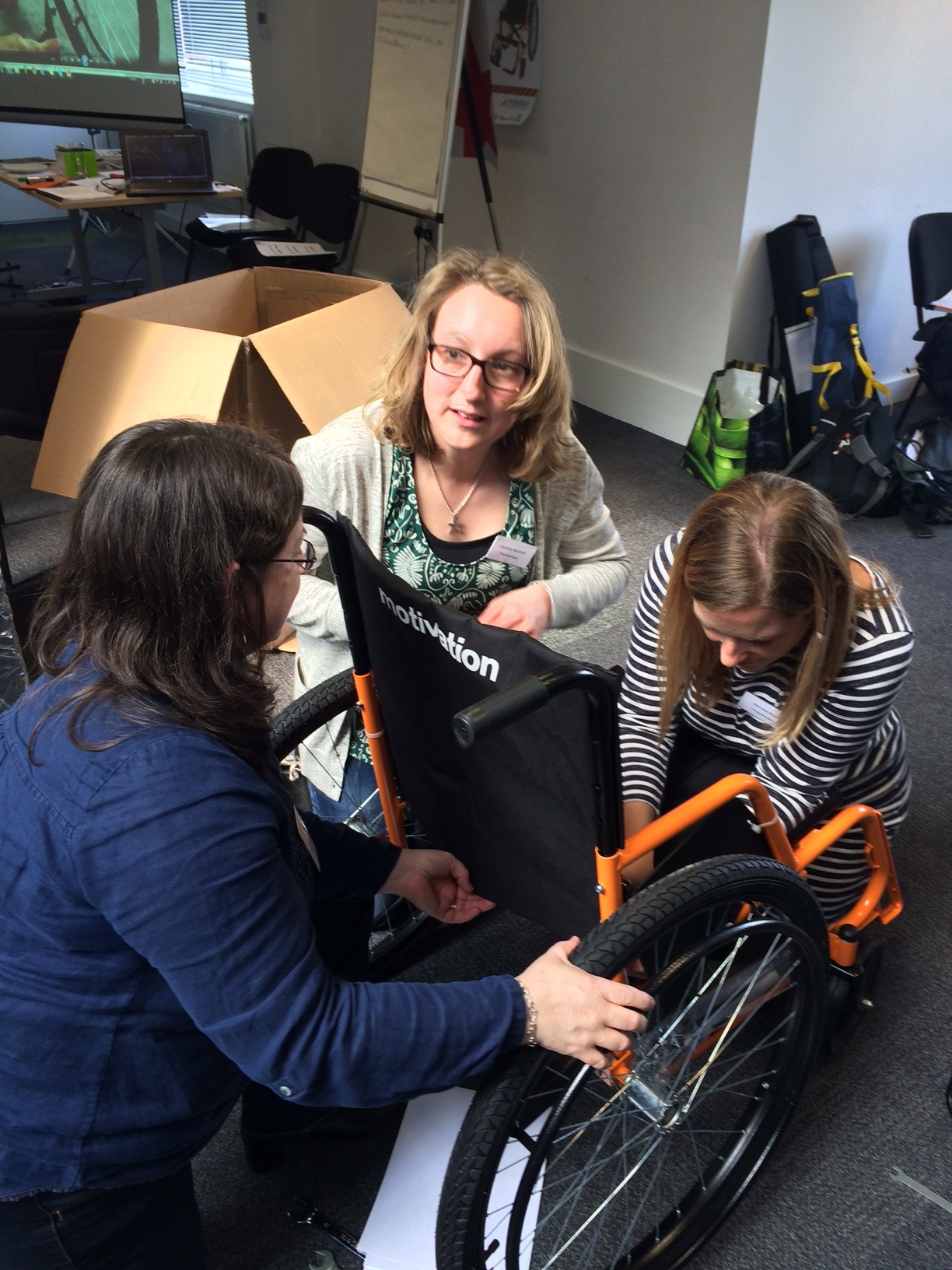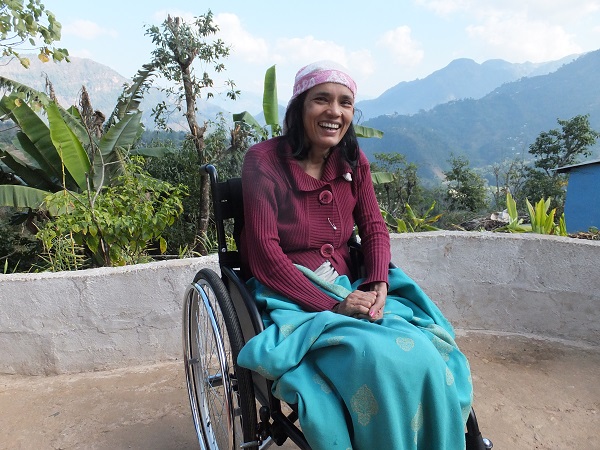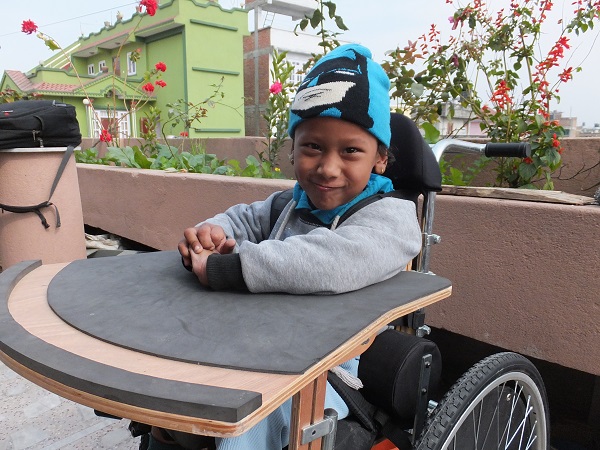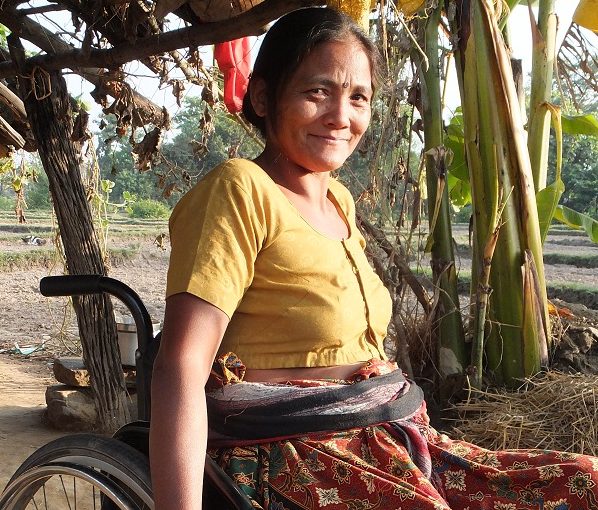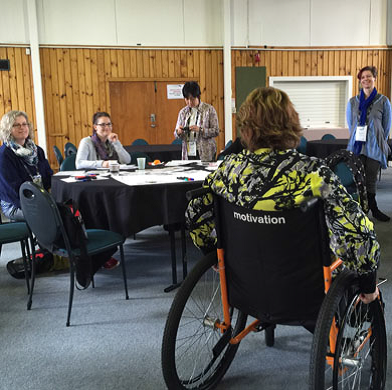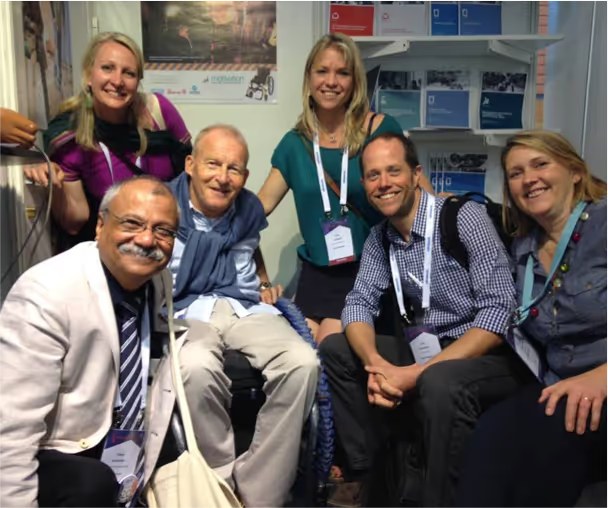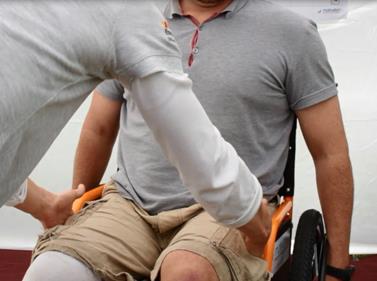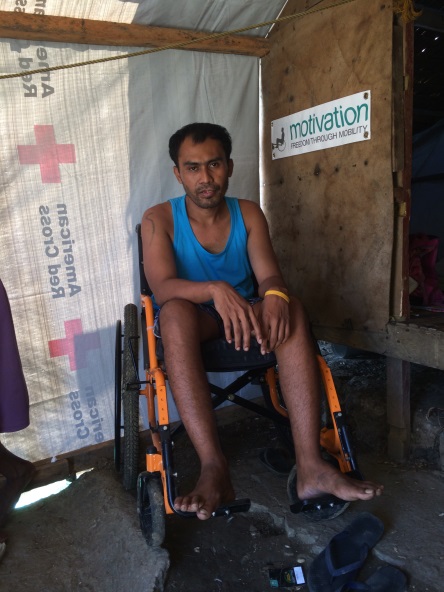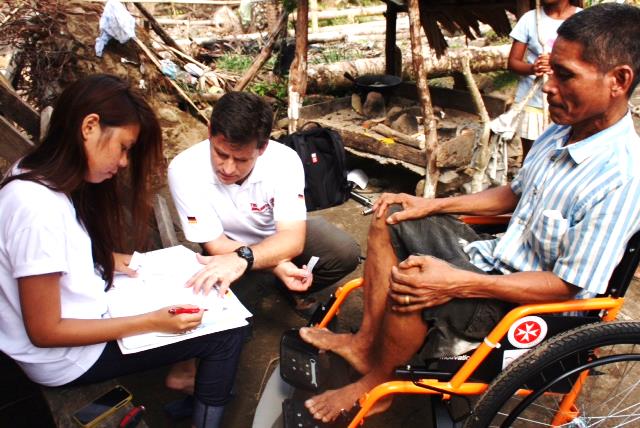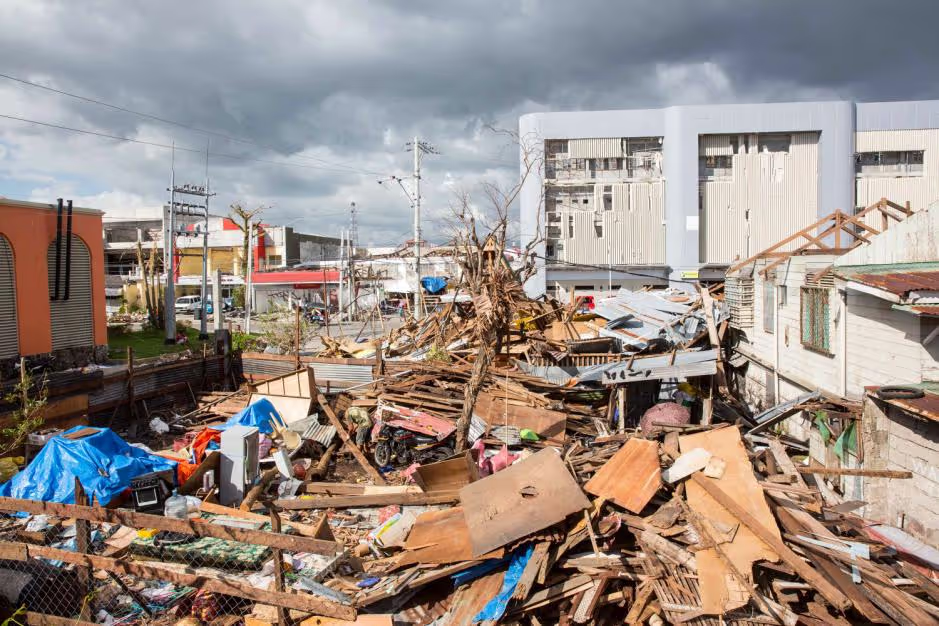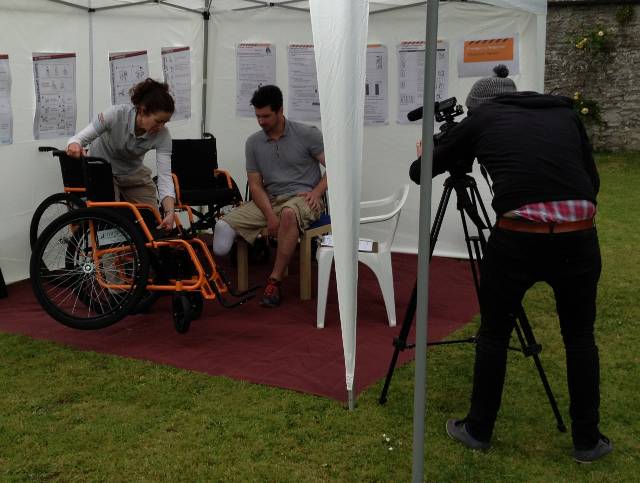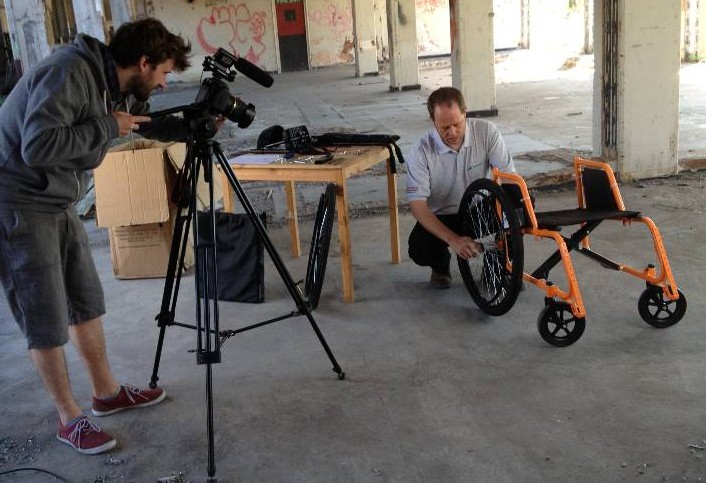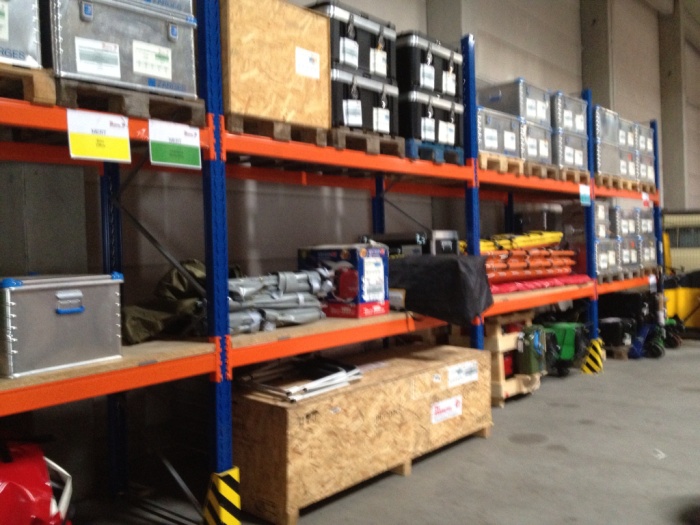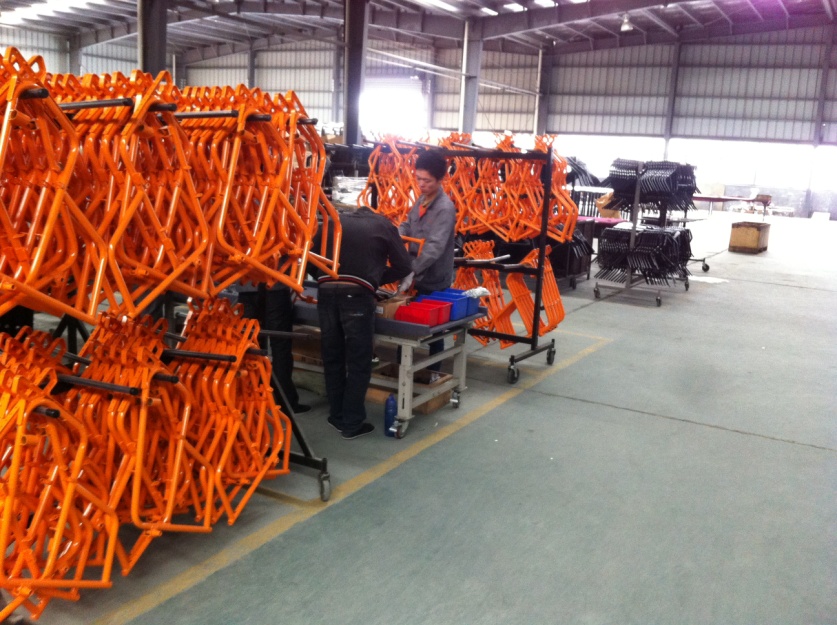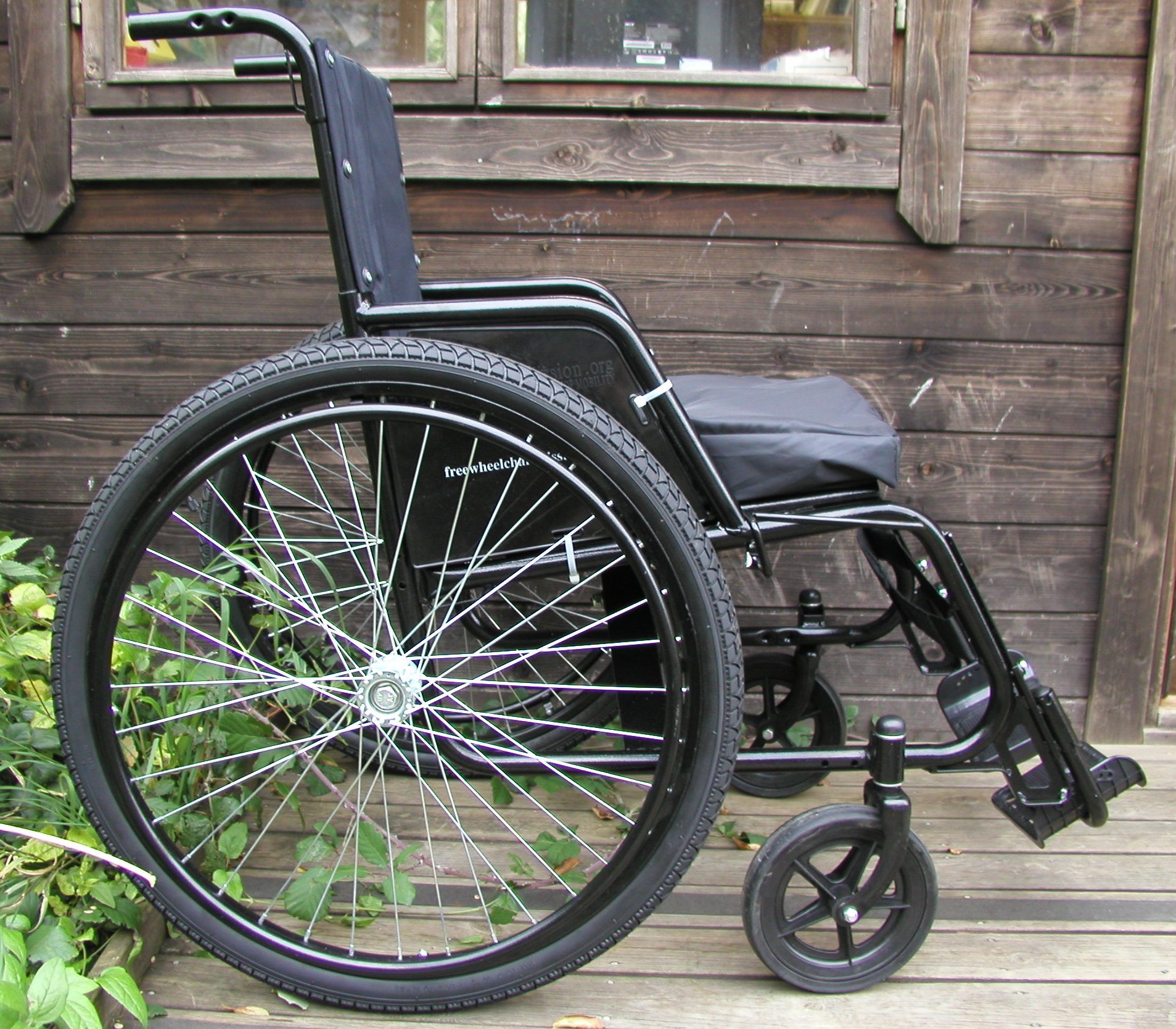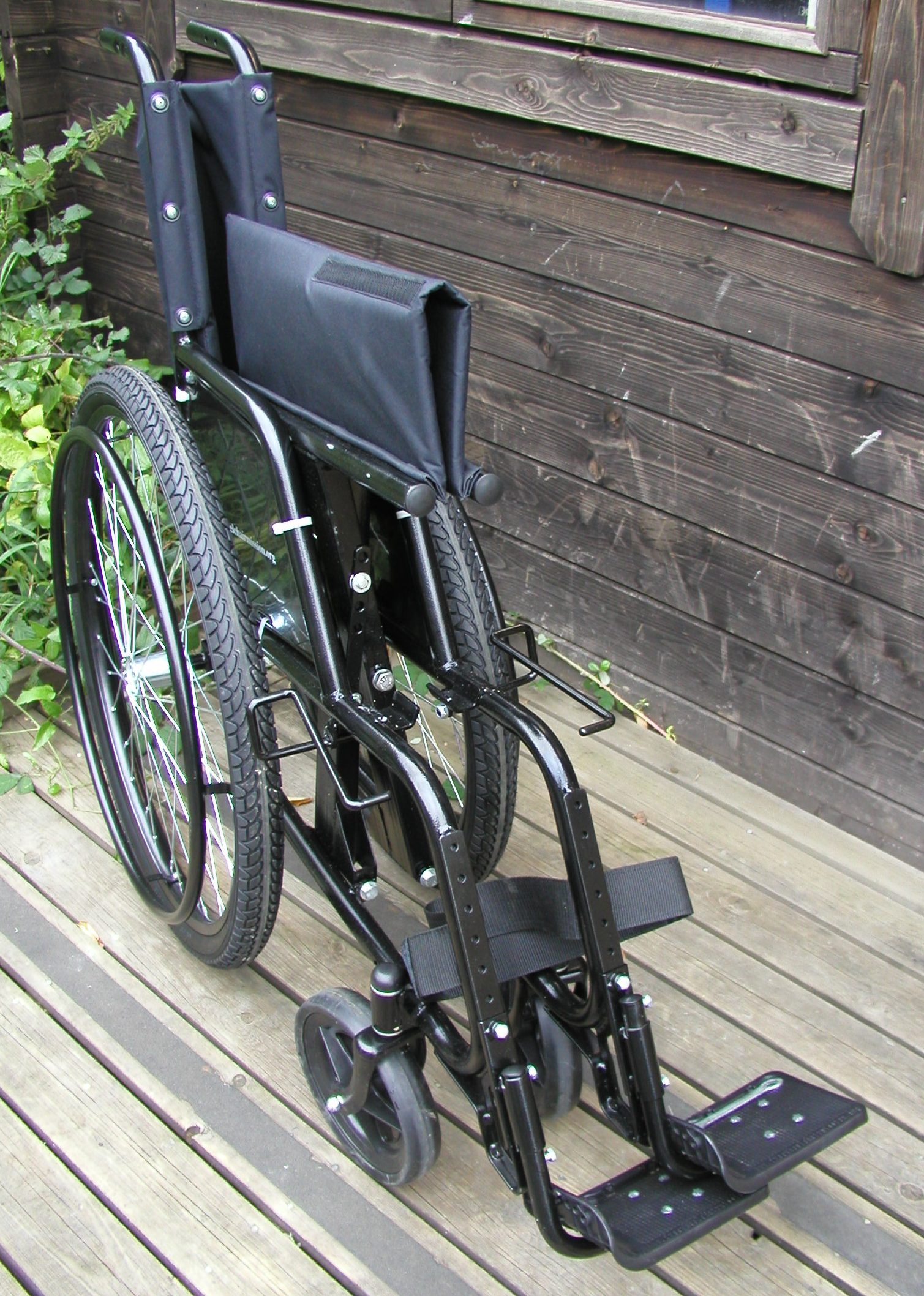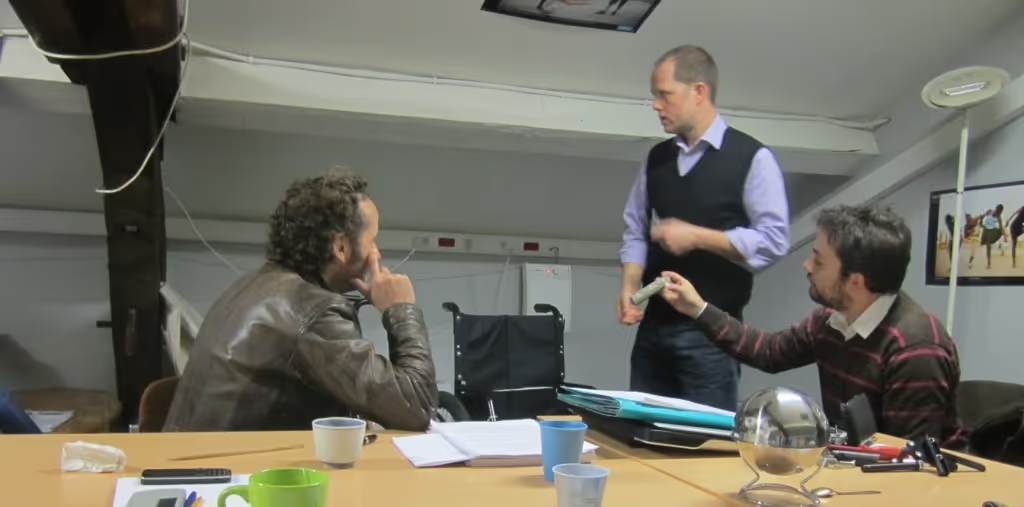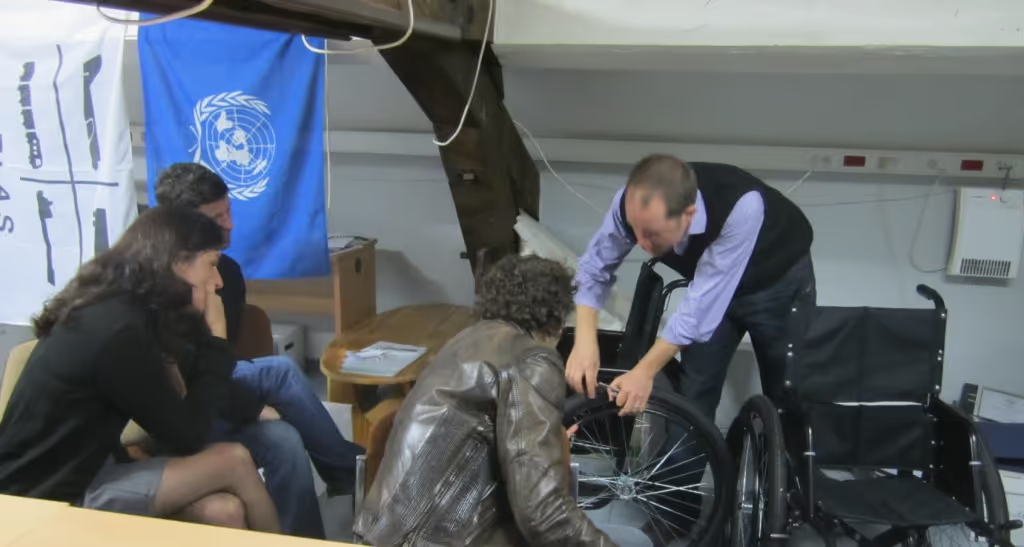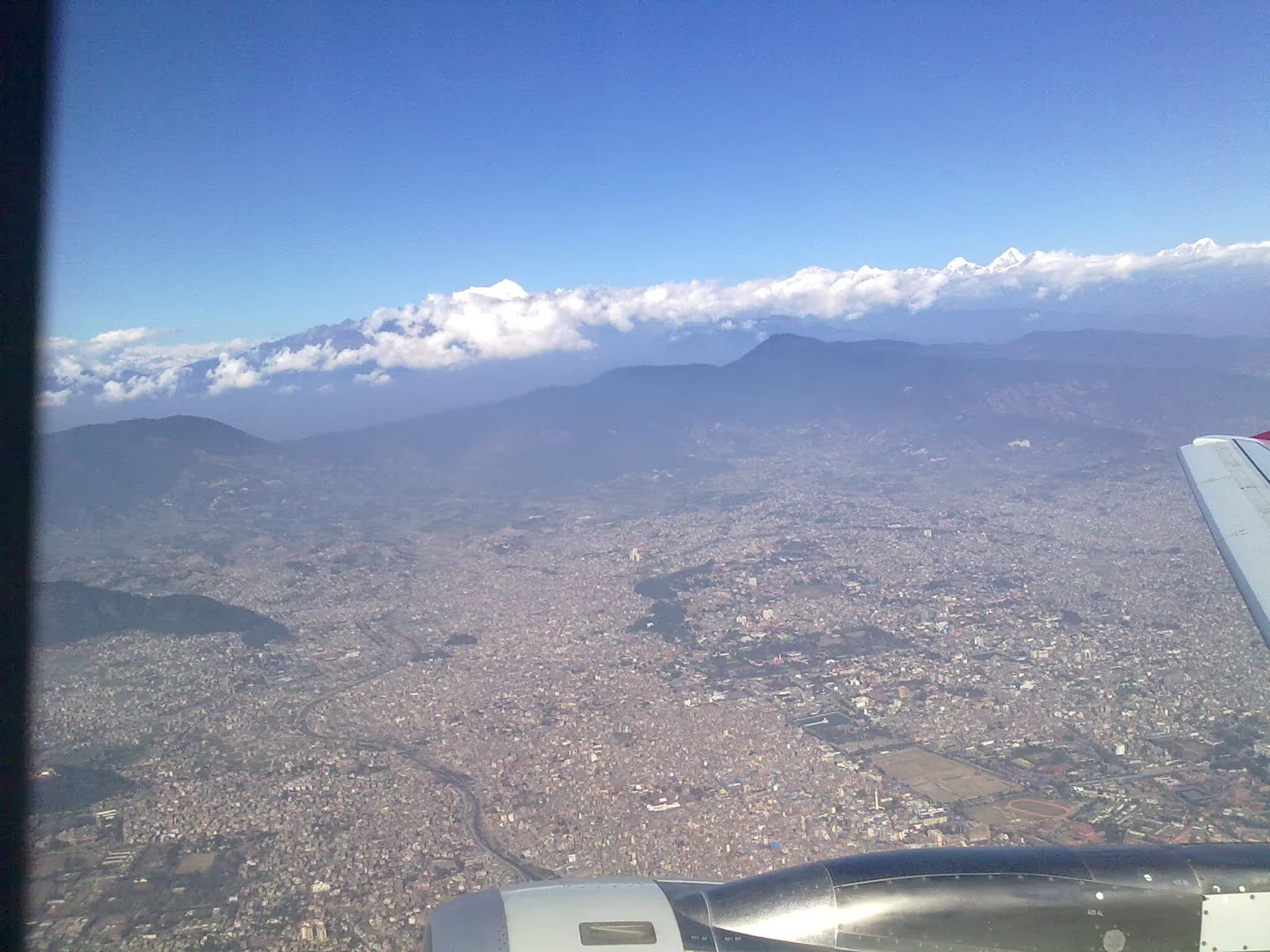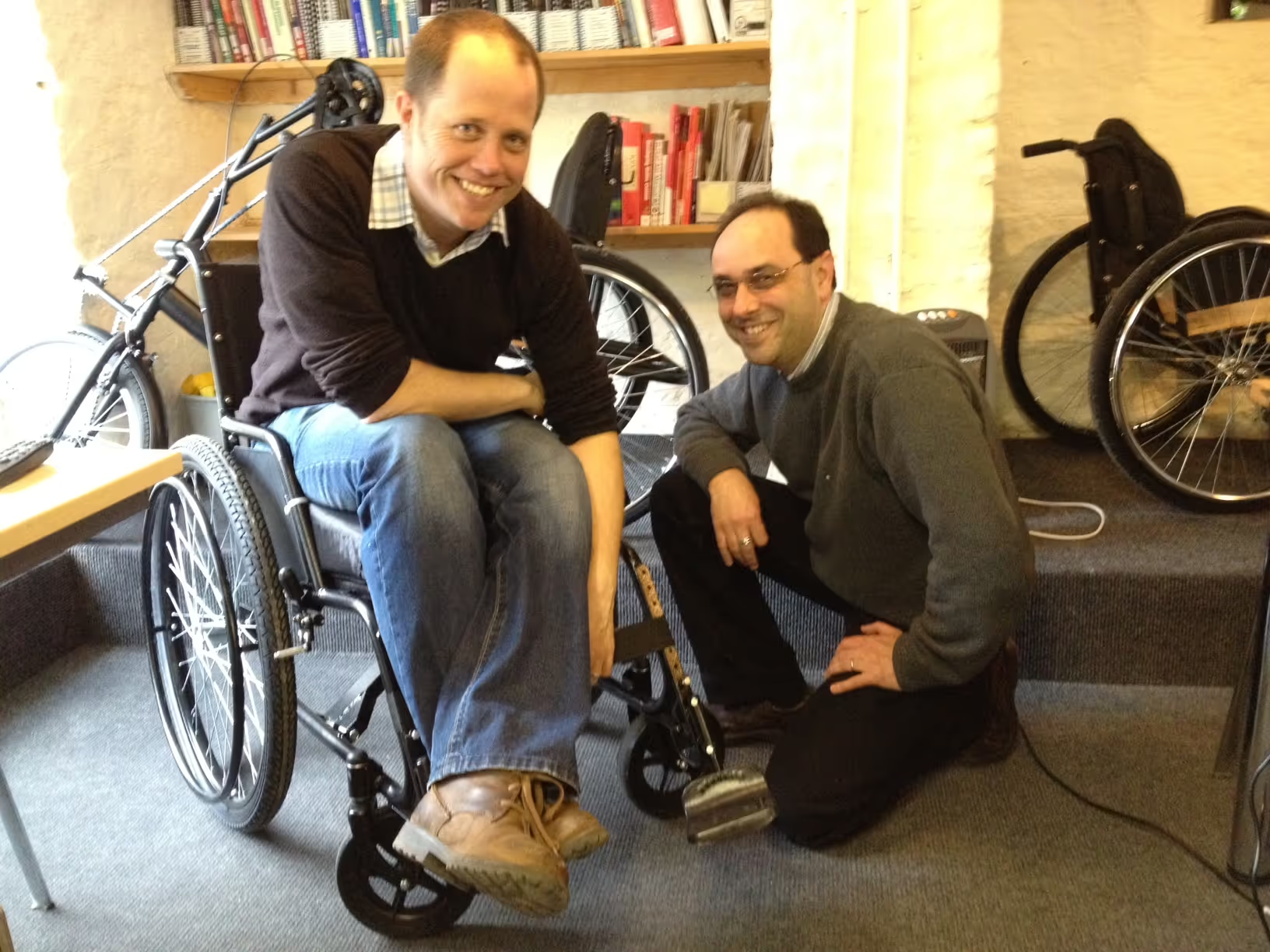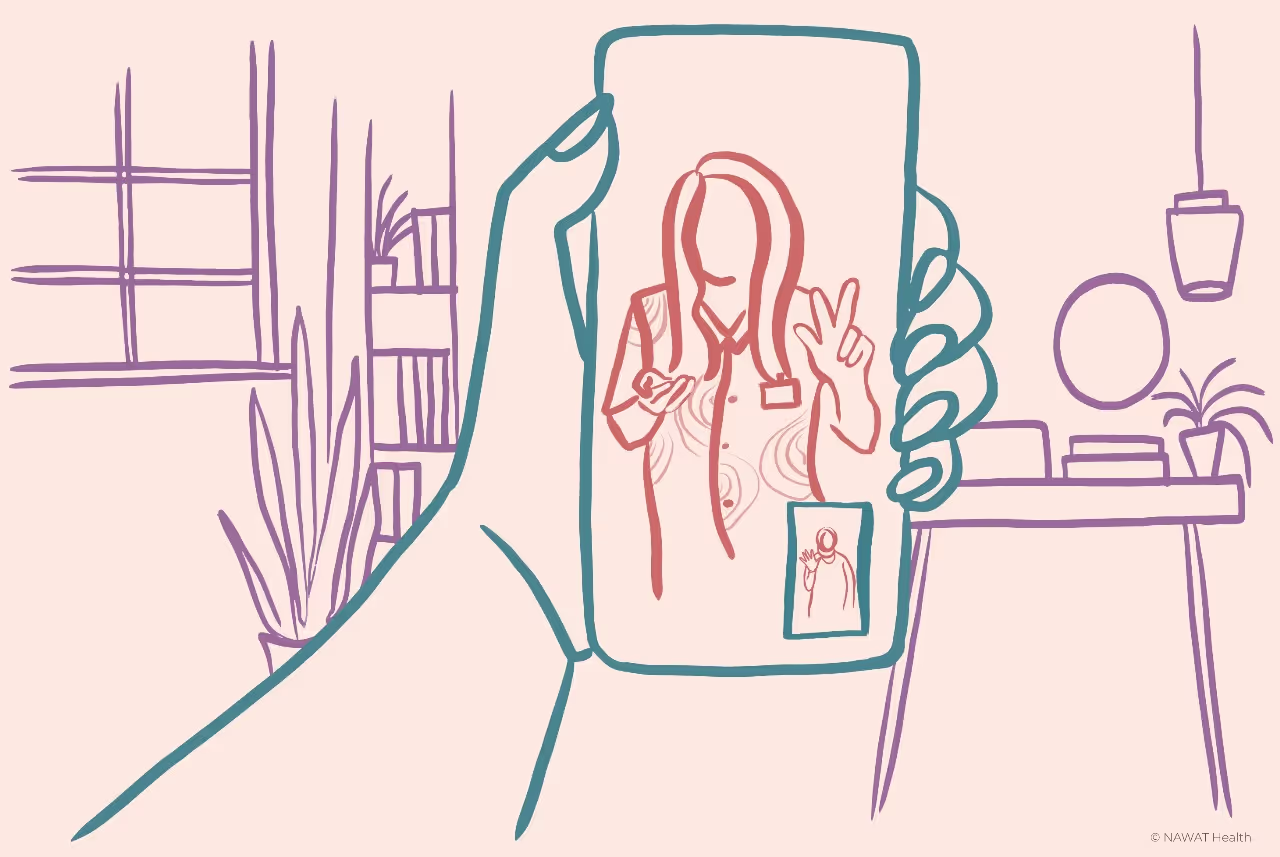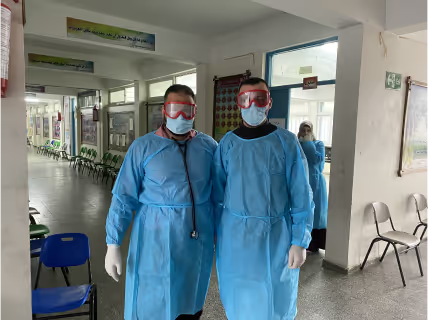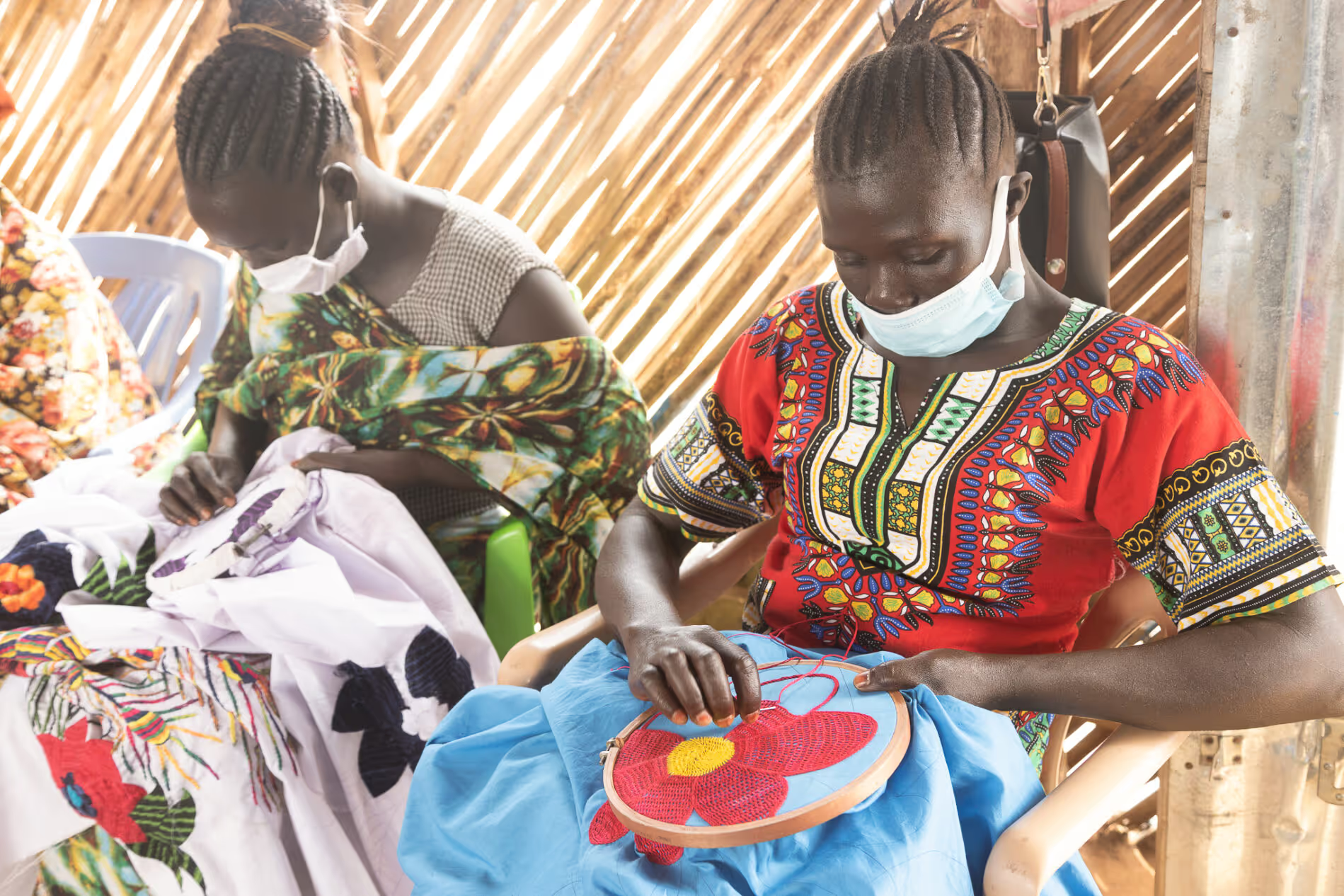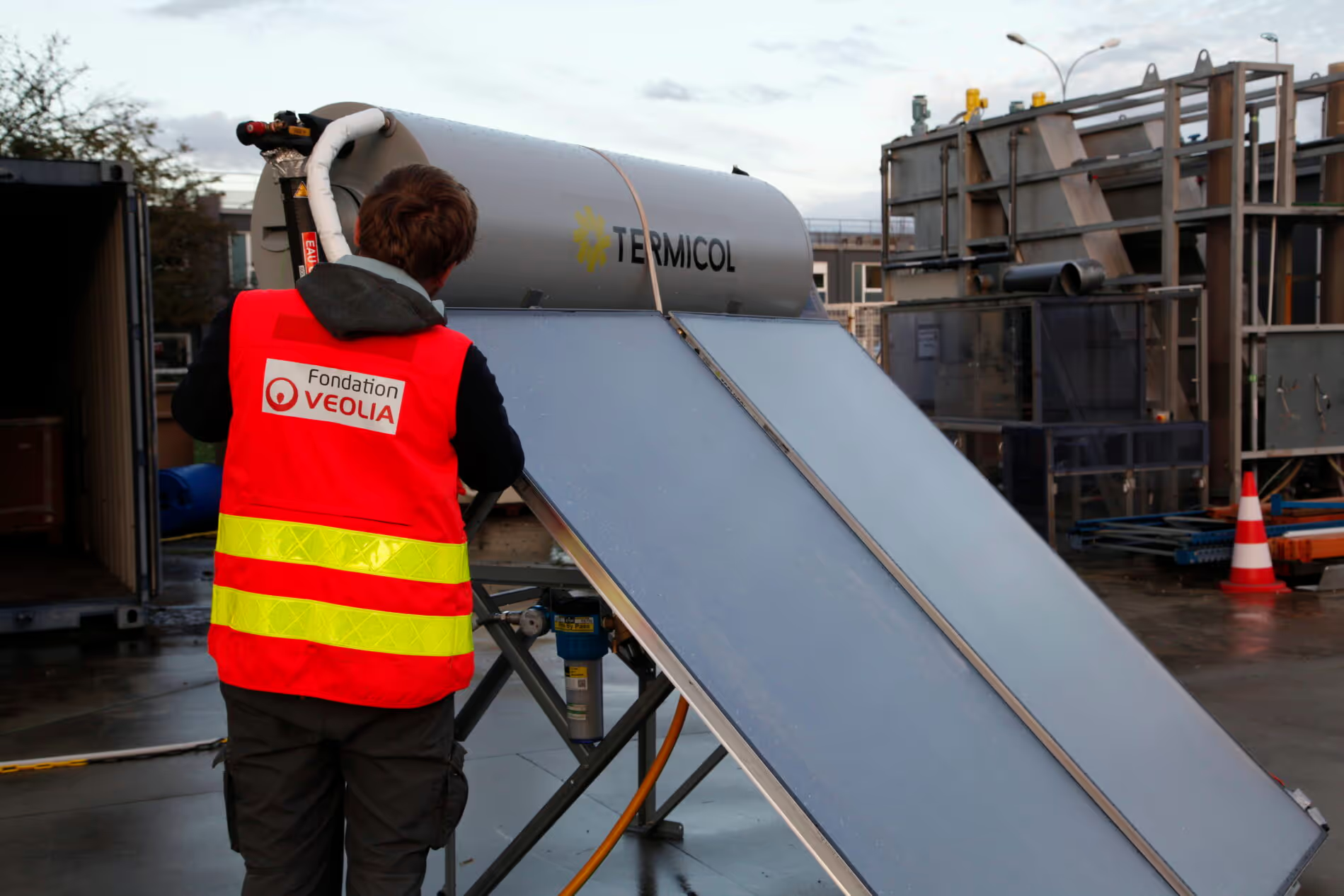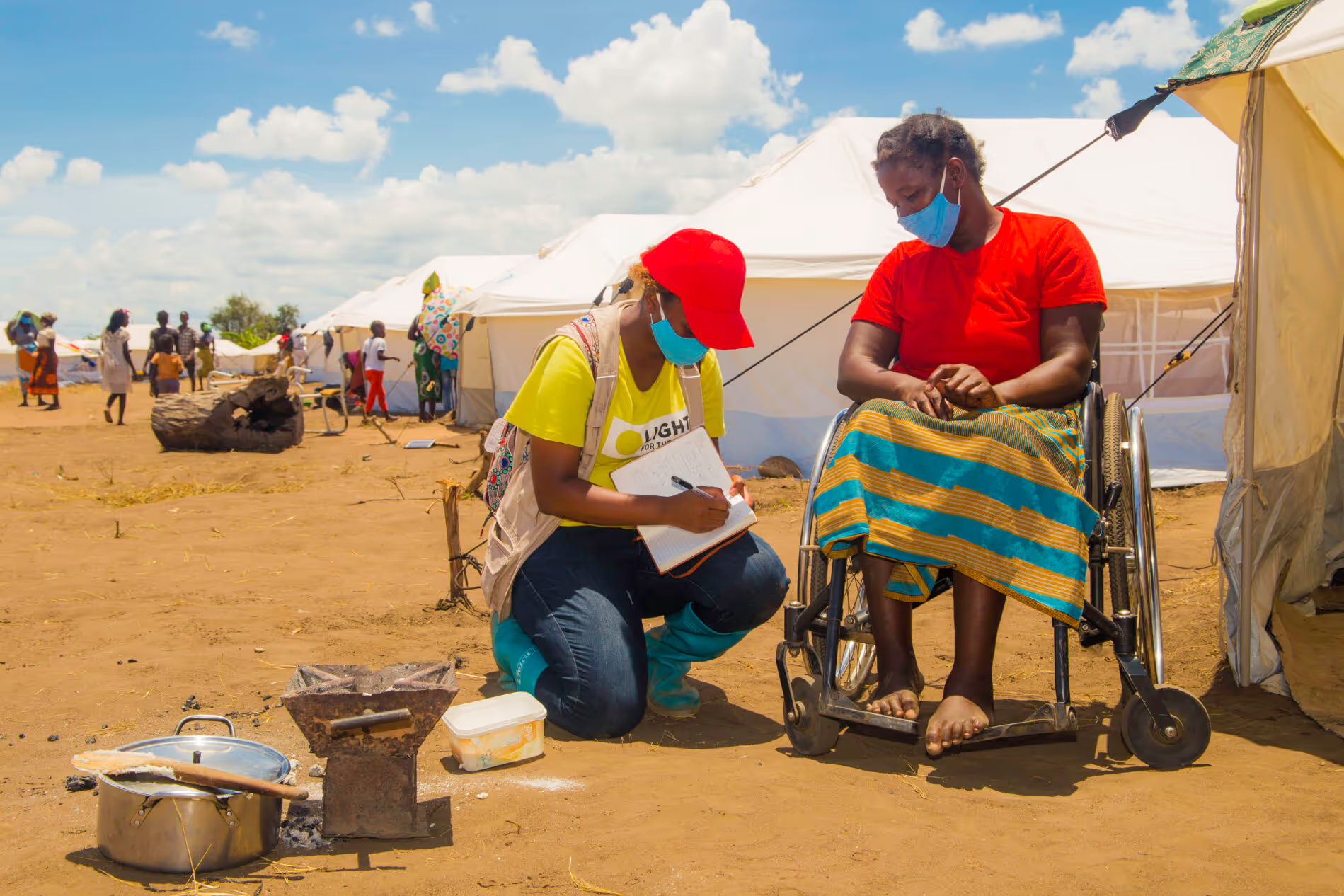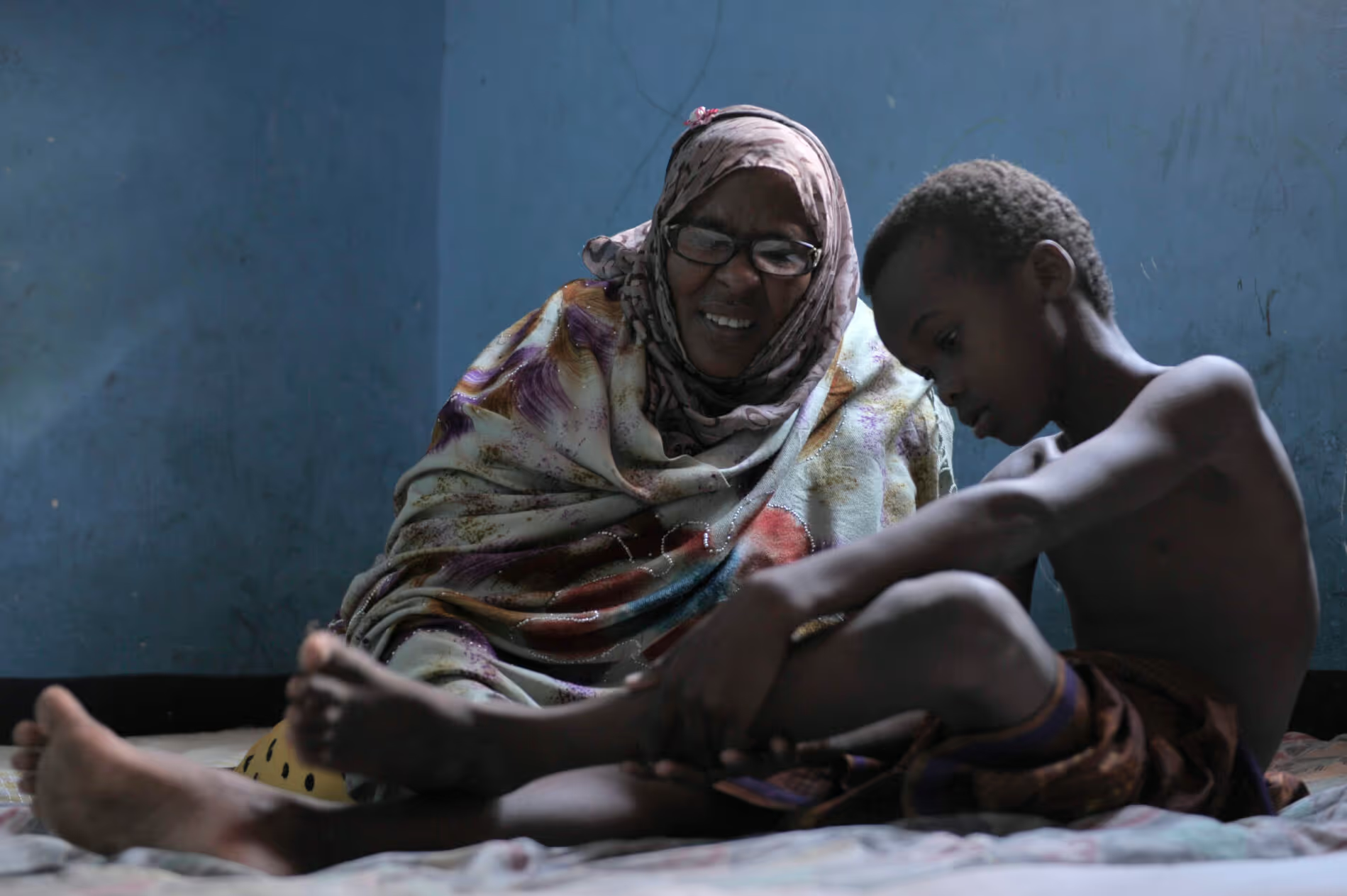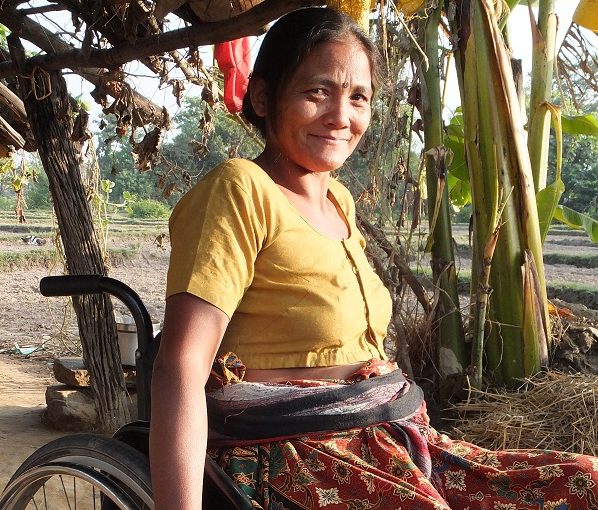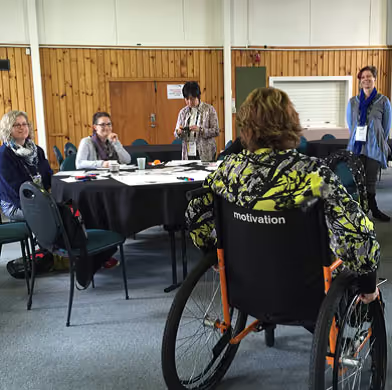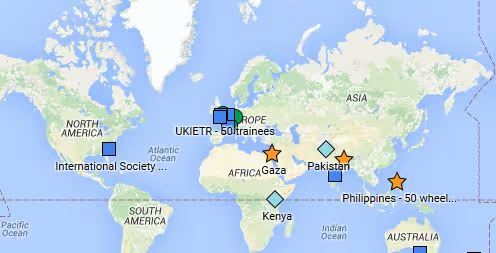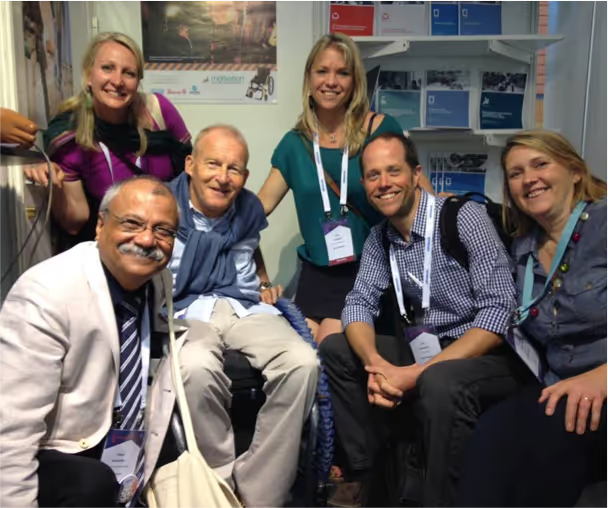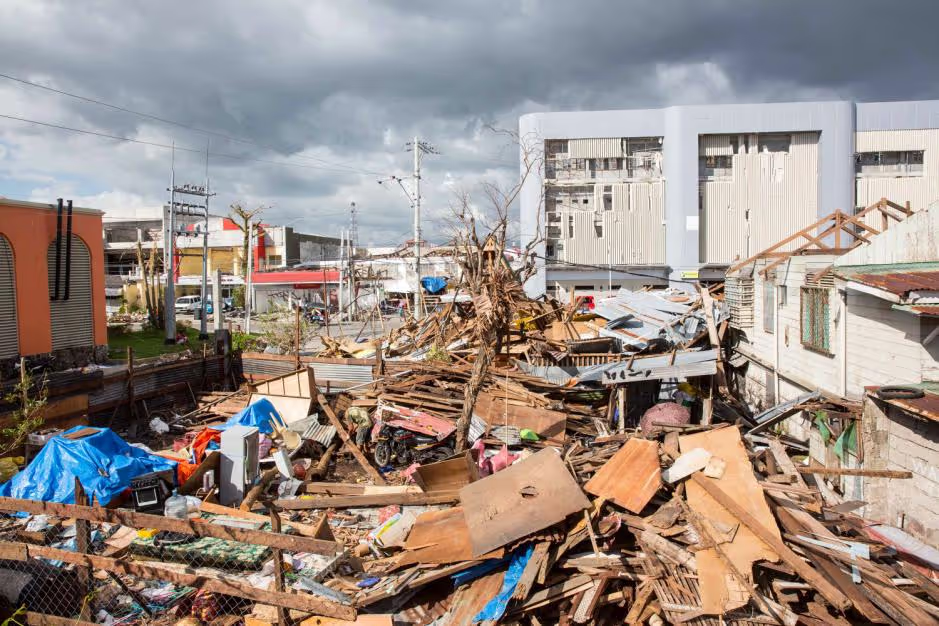Increasing awareness and knowledge amongst humanitarian organisations that a solution exists for supporting disabled people in emergencies
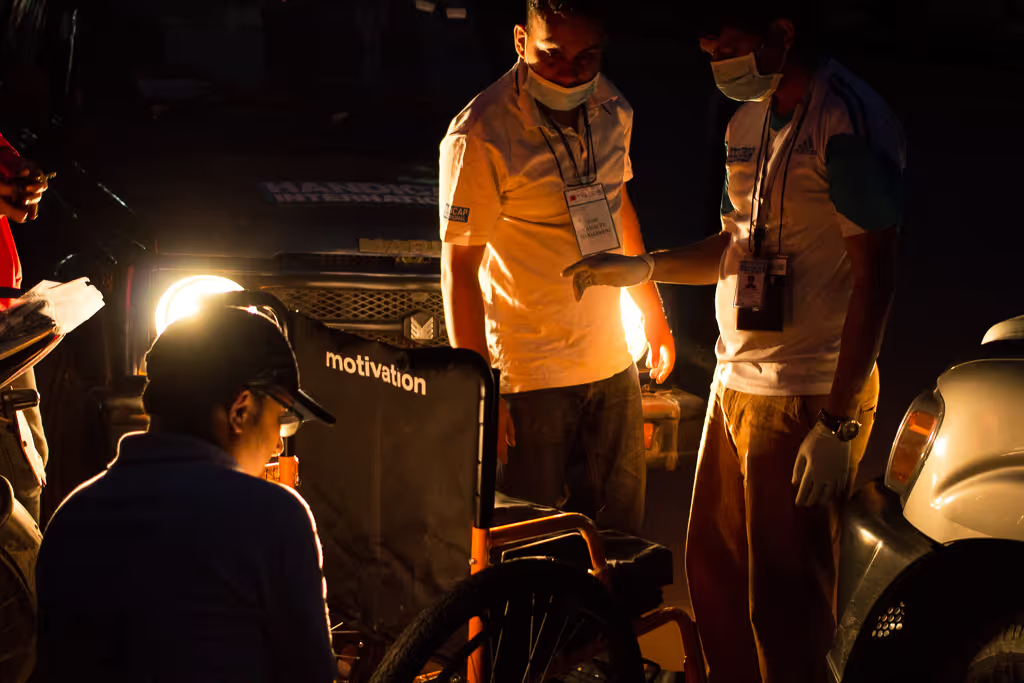
Project overview
A training package that equips emergency response teams to quickly and effectively support disabled people who rely on wheelchairs.
Countries
Global
Organisations
Motivation
Partners
World Federation of Occupational Therapists, Handicap International, Johanniter International Assistance
Area of funding
Humanitarian Innovation
Grant amount
19990
Start date
05
January
2015
End date
05
January
2016
Project length (in months)
12.2
Funding calls
No items found.
Topics
Logistics & supply chain
Inclusion
Injury and rehabilitation
Capacity strengthening
Status
Closed
Project solution
This project offers [specific solution or intervention] to tackle [challenge]. By implementing [strategies, tools, or innovations], the project aims to achieve [desired outcomes]. The approach is designed to [specific actions or methods] to bring about meaningful change in [community, region, or issue area].
Expected outcomes
This project aims to achieve [specific outcomes], such as [measurable results, improvements, or changes]. The expected impact includes [benefits to the target community, advancements in research or innovation, or long-term effects]. By the end of the project, we anticipate [specific changes or milestones] that will contribute to [broader goals or objectives].
No items found.
What humanitarian need is being addressed?
More than 15 million displaced people in the world will be disproportionately affected in disaster, emergency and conflict situations because they have an impairment or health condition. In the aftermath of a conflict or disaster, they may find their situation exacerbated by the loss of assistive devices, the loss of a family member or carer, or a lack of medication or healthcare.
The barriers that disabled people face are often not considered in evacuation, response and recovery efforts. This lack of preparation and planning often leads to insufficient support, including inaccessible facilities and services.
Inadequate physical accessibility, a loss or lack of mobility aids or appropriate assistance, or stigma and discrimination may mean that a disabled person is excluded from relief access, safe location/adequate shelter, water and sanitation, and other services. This may increase when resources are scarce.
What is the innovative solution?
The Emergency Response Wheelchair Training package prepares emergency response teams to be ready to quickly meet the immediate needs of large numbers of people who rely on wheelchairs, after a disaster or crisis has occurred. The short training course is designed to support humanitarian and other non-clinical staff in safely assembling, prescribing and fitting wheelchairs and passing on basic wheelchair skills to users.
The innovation is the result of extensive development and design, rigorous testing and iterative redevelopment based on feedback. The team’s primary objective was to create a comprehensive package capable of swift deployment in a crisis, and to ensure lasting impact by sharing those resources with other organisations.
What progress has been made?
The Emergency Response Wheelchair Training package was used for the first time, and with very positive results, in the Philippines, following Typhoon Haiyan. It was then used in response to emergencies in Gaza and Nepal. A decade later, it’s still an important resource for partners across the world, including the World Health Organization (WHO) which used the materials as the foundation for its global eLearning platform – Training in Assistive Products.
Innovation potential
The innovation has the potential to be embedded as part of disaster preparedness across the humanitarian sector, paving the way for wheelchairs to be safely provided and used in all disaster settings. That is the team’s focus as it continues towards removing barriers faced by disabled people in humanitarian planning and response.
[.slimline-cta-box][.slimline-cta_heading]Links to more information[.slimline-cta_heading][.slimline-cta_paragraph]Increasing Awareness and knowledge amongst humanitarian organisations that a solution exists for supporting disabled people in emergencies
Selecting correct width of wheelchair - YouTube
Folding a wheelchair - YouTube
Wheelchair pressure relief techniques - YouTube[.slimline-cta_paragraph][.slimline-cta-box]
No items found.
Project delivery & updates
Stay up to date with the latest developments from this project. Here, you will find details on what has been delivered, resources created, and regular updates as the project progresses. Access key documents, reports, and other materials to see how the project is making an impact.
No resources/updates have been published yet for this project. Sign up for our newsletter to stay informed about upcoming publications and updates!
Join our Newsletter
Resources
Final Report: The Rapid Provision of Appropriate Wheelchairs in Emergency Situations
Report
LEARN MORESupporting disabled people in emergencies: Motivation’s appropriate and affordable wheelchairs
Case study
LEARN MOREFinal Report: Increasing awareness and knowledge amongst humanitarian organisations that a solution exists for supporting disabled people in emergencies
Report
LEARN MORE